Classic French cuisine is a living, breathing reflection of the country’s history and the creativity of remarkable individuals whose stories have shaped what lands on the plate today. Let’s delve further into each dish, uncover not just the flavors but the rich tapestry of personalities, royal dramas, and cultural currents behind these culinary icons.
Let’s dig into this rich history and meet some of the key figures who brought us these famous French dishes. (Photo collage of all this deliciousness at end of the post.)
1. Tarte Tatin
This upside-down caramelized apple tart was created by the Tatin sisters, Caroline and Stéphanie, in 19th-century France. They ran Hotel Tatin in Lamotte-Beuvron, where, during a busy hunting season, Stéphanie allegedly salvaged an overcooked apple pie by placing the pastry base on top and flipping it upside down. This accidental creation version of the story is debated, but the dish became a cherished part of French cuisine. The tart was popularized by French chef Curnonsky in the 20th century, who named it after the sisters, and its fame increased when it was added to the menu of the Parisian restaurant Maxim’s.
2. Peach Melba
This tasty dessert was created by one of the most celebrated French chefs, Auguste Escoffier in homage to Australian opera singer Nellie Melba. In 1892, the Duke of Orleans decided to throw a dinner party in Melba’s honor, after being deeply moved by her performance in Wagner’s opera “Lohengrin” at Covent Garden. Escoffier was the chef at the Savoy Hotel, where the dinner was held. His creation, originally called “Pêche au Cygne” or “Peach with a Swan,” included peaches, vanilla ice cream, and raspberry sauce, served in a swan-shaped ice sculpture, symbolic of Melba’s “Swan Knight” character. He later refined the dish and renamed it “Peach Melba” in honor of the opera singer.
3. Crêpes Suzette
This dish has history dating back to the late 19th century. Legend has it that in 1896, 14-year-old Henri Charpentier, an apprentice at Cafe de Paris in Monte Carlo, accidentally flambéed a sauce of sugar, tangerine, and liqueur while preparing crêpes for the Prince of Wales, future King Edward VII of England. The prince, taken with the delicious mistake, asked the dessert be named after his dining companion, Suzette Reichenberg. Charpentier, later becoming a renowned chef, recounted this in his autobiography, but still many others attribute the creation of crepes Suzette to Auguste Escoffier, under which Charpentier worked, and the recipe is also included in Escoffier’s Guide Culinaire.
4. The Baguette and Croissant
These quintessential French breads were introduced to France by Austrian baker, August Zang. After moving to Paris in the 1830s, Zang founded “La Boulangerie Viennoise,” where he popularized Viennese baking techniques, paving the way for the modern baguette and croissant. Originally symbols of Austrian victory over the Turks, their popularity bloomed alongside urbanization and the rise of café culture, symbolizing the openness of French cuisine to outside influences, while their association with breakfast rituals and boulangeries reinforce local identity.
5. Bouillabaisse
This traditional Provençal fish stew, originated from the poor fishermen of Marseille, France, who used unsold fish to prepare this hearty dish. Over time, it evolved into a celebrated regional delicacy. Jean-Baptiste Reboul (1862-1926) a French chef from Marseille, documented and popularized the traditional recipe in his influential cookbook, “La Cuisinière Provençale”. Reboul’s recipe follows the traditional method of preparing Bouillabaisse and includes specific fish types (as conger eel, red rascasse, sea robin, and European hake) how to prepare the broth (using onions, tomatoes, and a bouquet garni), and how to serve the dish (with the broth and fish separately, accompanied by rouille and slices of bread).
6. Pommes Anna
This classic French dish of sliced, layered potatoes was named after Anna DesLions, a prominent 19th-century courtesan. It was created during Napoleon III’s era by Chef Adolphe Dugléré at the Café Anglais, the leading Paris restaurant. Dugléré was a student of the famous chef Marie-Antoine Carême. The recipe calls for thinly sliced potatoes layered in a buttered dish, seasoned only with salt, and baked until they form a cake-like structure. It’s known for its crispy golden exterior and soft, buttery interior.
7. Eclair
This pastry named after the French word for “lightning,” perhaps for its glistening glaze or how quickly it’s eaten, was likely first created in the early 19th century at Paris’s Maison Frascati. The pastry chef was likely Marie-Antoine Carême, renowned for his grande cuisine, serving celebrities and royalty. Carême, known for his intricate pastries and sugar architecture, significantly contributed to French cuisine, including the eclair’s development. Initially, the eclair was called “pain à la duchesse” or “petite duchesse” until 1850.
8. Béchamel sauce
This sauce is a cornerstone of French cuisine, and was introduced to France by Catherine de’ Medici in 1533. The sauce was later popularized in King Louis XIV’s court, attributed to Louis de Béchamel, a courtier, not a chef, as an effort to serve dried cod differently. Regardless of its inventor, the Béchamel sauce we know today, a roux and milk mixture, was codified by chef Marie-Antoine Carême in the 19th century. Its smooth texture and neutral flavor make it a versatile base for many dishes like lasagna and soufflés, solidifying its place as a culinary staple worldwide.
9. Madeleines
These small shell-shaped cakes trace back to the 18th-century town of Commercy in the Lorraine region of France. They were reportedly created by a maid named Madeleine Paulmier, who served them at a feast held by the exiled King of Poland, Stanislas Leszczyński. Charmed by the cakes, the king named them after Madeleine. His daughter Maria, wife of Louis XV, later introduced them to the French court. Commercy embraced the Madeleine legacy, selling them in decorated boxes at the railway station in the 20th century. Their cultural significance was further enhanced by Marcel Proust’s “In Search of Lost Time,” where a madeleine triggers the narrator’s nostalgic memories.
10. Chateaubriand
The popular beef dish is named after François-René de Chateaubriand, a 19th-century French writer and diplomat. It is a cut of beef tenderloin, traditionally roasted, and served with Béarnaise sauce. While the connection between the writer and the dish isn’t fully clear, it’s believed that Chateaubriand’s personal chef, Montmireil, created it in his honor or as a tribute to his refined tastes.
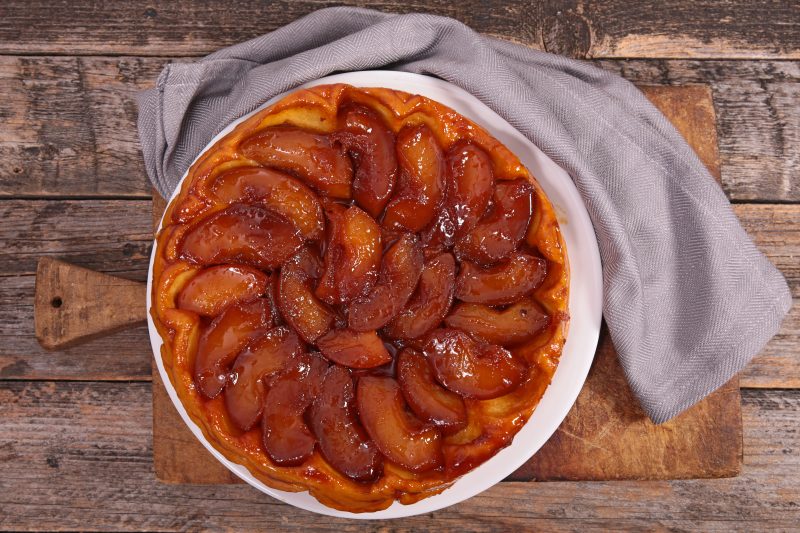
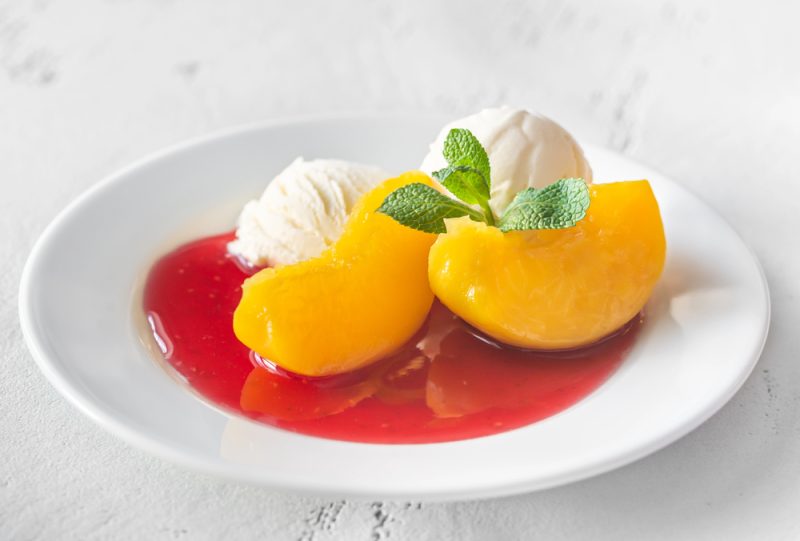
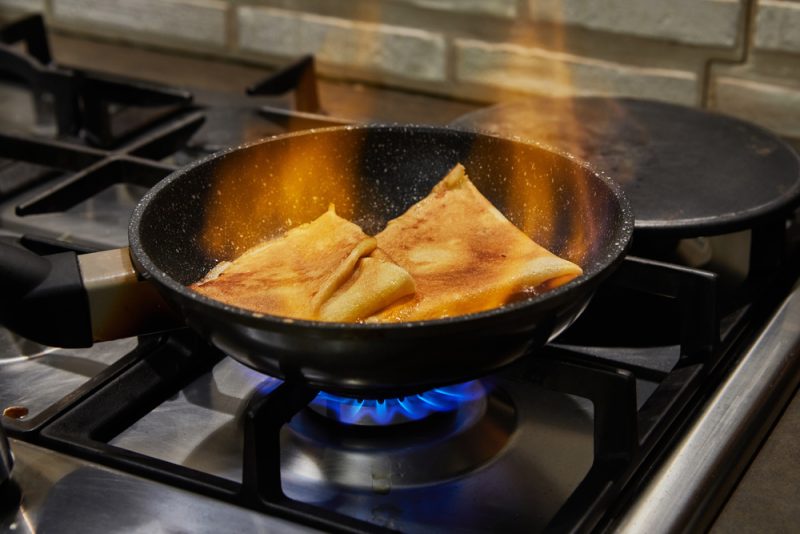
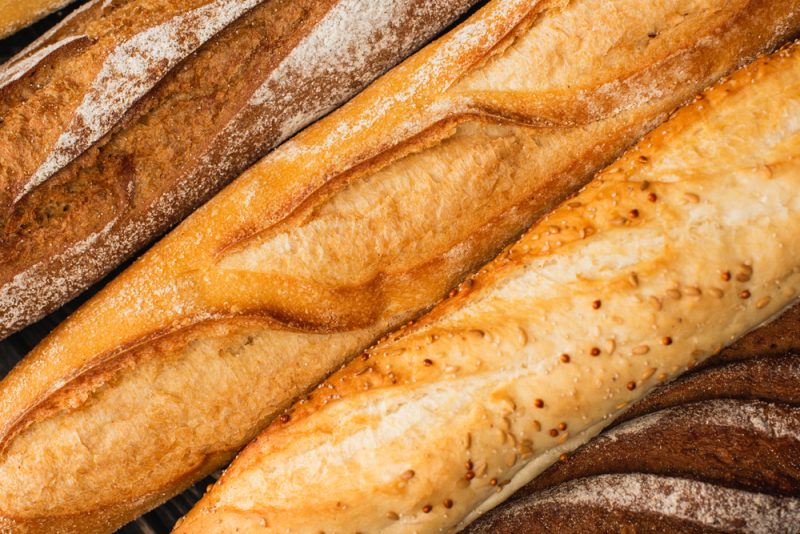
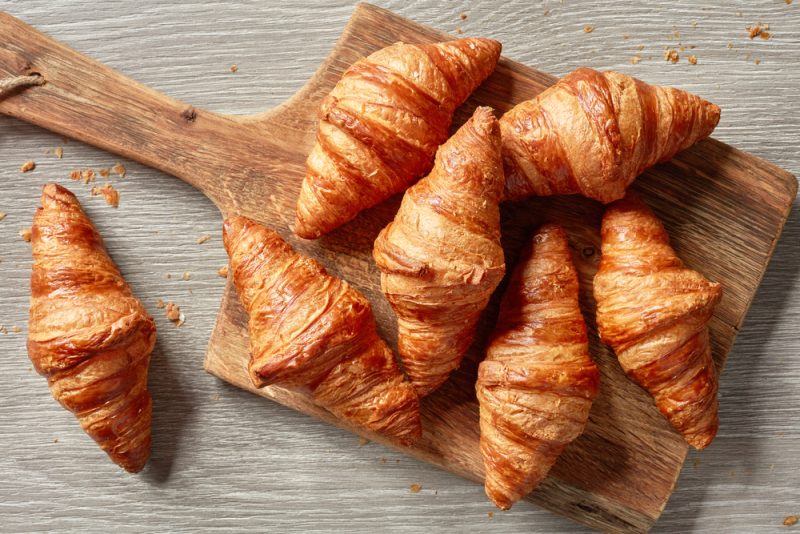
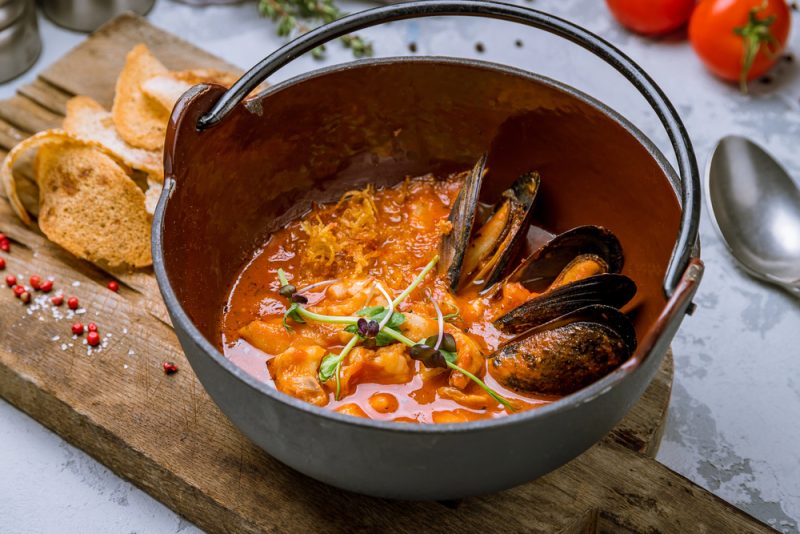
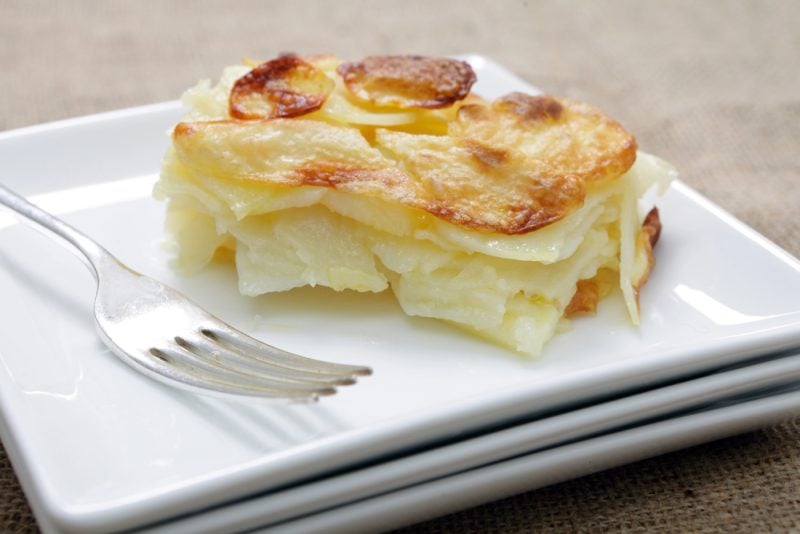
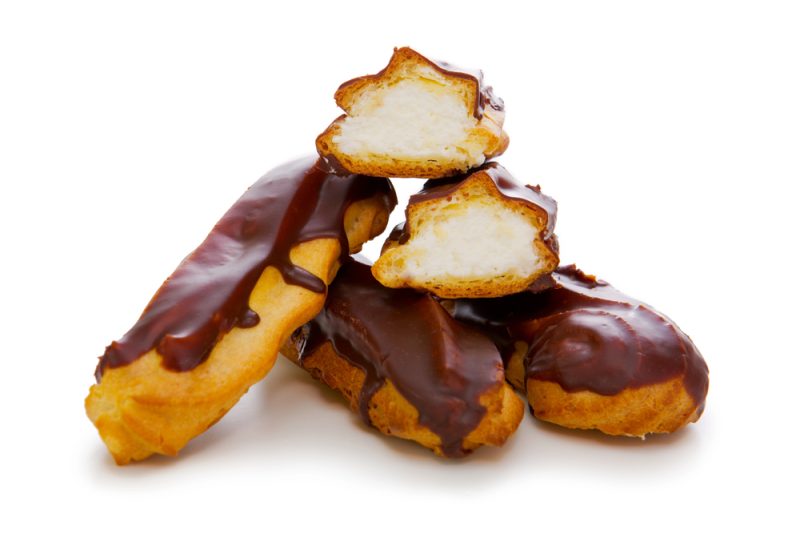
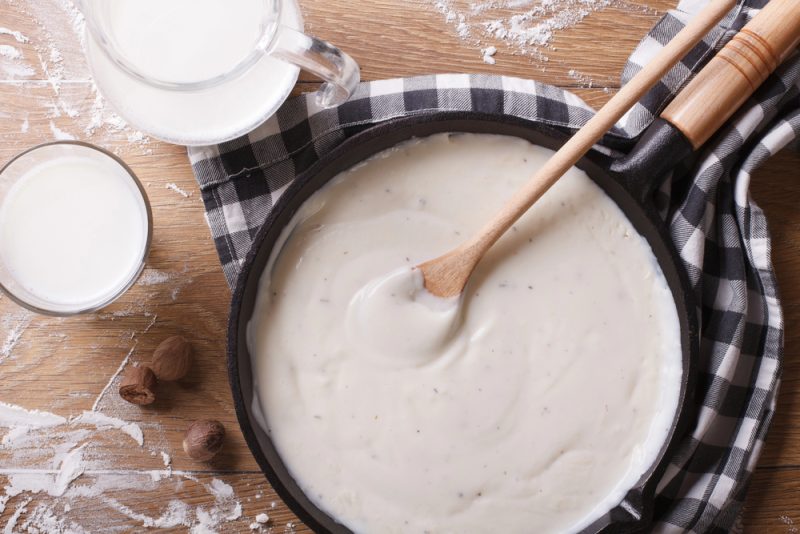
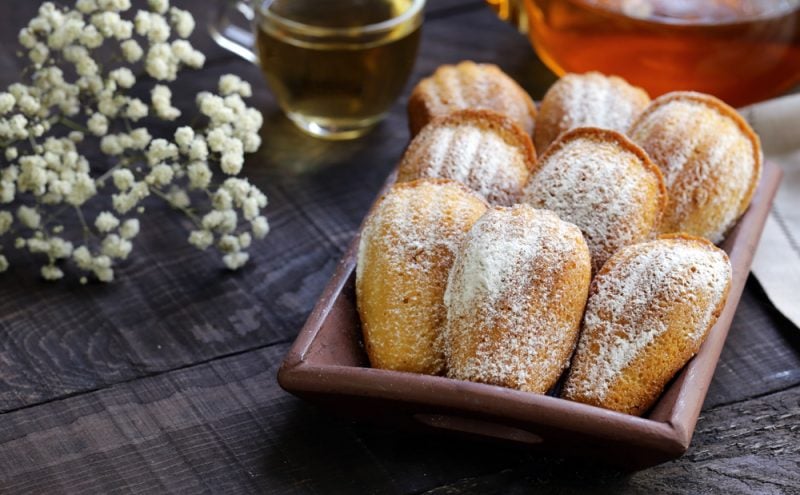
Disclosure: This post contains affiliate links.







